Let them play
A key issue in software development involves finding a solution that truly fulfills a customer’s requirements. Design thinking is therefore a pertinent approach because it enables us to place the customer at the center of the process through their direct involvement.
The final stage in design thinking involves testing, albeit with a very different approach to what is traditionally the case. Until only recently, software testing focused on explaining the end product’s functions to customers. A customer might find something unsatisfactory about the system delivered, but had to accept it as it stood, with no room for maneuver because of the high cost involved in any modification once the finished product had been delivered.
However, the application of design thinking, as a process of discovery in which we explore the problem and find the solution, renders it expedient to create a test environment during the software’s specific stages of inception, design, and development.
We thereby provide a customer with the opportunity to take part in the stages of finding and focusing on the solution. This enables us to adapt our product to any issues as they arise, which means we can guarantee that the product we are designing meets the end user’s real needs. In turn, the user gains an in-depth understanding of the tool from a very early stage, which will reinforce their engagement with our software, breaking down barriers during the implementation stage.
These are the precepts underpinning the Digital Playground, an environment designed for “playing” with the system that provides us with first-hand feedback. We can therefore ensure that the solution meets the end user’s expectations, and take them into account for finetuning, prioritizing, and defining the software’s functions.
The Digital Playground is an environment designed for “playing” with the system that provides us with first-hand feedback.
The process is divided into three stages:
- Initially, the user has access to a controlled environment, with limited functions, for testing over a specific period (2 or 3 weeks).
- The next step requires the user to answer a questionnaire on aspects related to the functions, the needs they cover, and the levels of satisfaction of these needs thanks to the tools developed.
- In the third stage, the team meets the user to discuss certain aspects that have not been made clear in the initial feedback and answer any questions the user may have. This process is applied to each one of the modules the user wishes to test.
The user must have the freedom to test the tool and “play” with it. To do so successfully, they need to have access to additional tools, such as online demos, the option of contacting someone that can answer any questions, and meetings for exchanging views.
This will enable us to ensure that the proposed software solutions suit each customer’s true needs, over and above the initial requirements described, with the solution being modified to the customer’s complete satisfaction.
This valuable feedback on the overall system we are developing enables us to provide bespoke solutions for each type of customer. It also guarantees that our software responds to real problems, beyond the preconceived notions or abstract needs prevailing at the beginning of the development.





